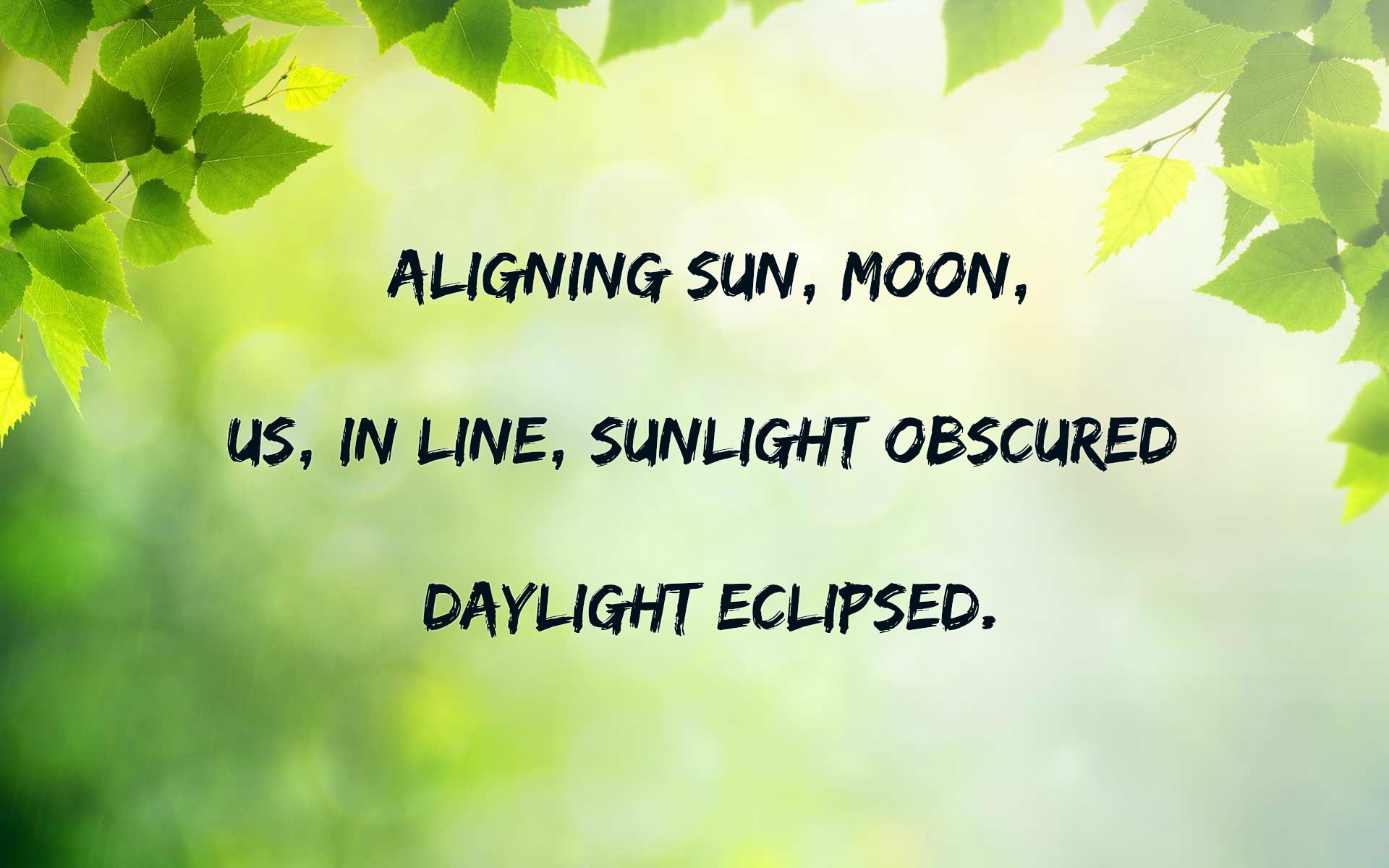
Ruth Dallas (1919–2008) first encountered haiku in 1937 at age 18 while reading Japanese poetry, and later in life explored the genre more fully.

“Establishment” New Zealand poets such as A R D (Rex) Fairburn (1904–1957) and the highly influential R A K Mason (1905–1971) considered haiku to be “madmen’s poems.” 2 A few New Zealand poets, however, had more positive views of haiku. Included were 149 haiku by Kobayashi Issa (小林一茶) this was likely the first mass translation of Issa’s work into English.

Bickerton taught school in Japan from 1924 and also tried his hand at translation, including notably a long article titled “Issa’s Life and Poetry,” which was published in the Transactions of the Asiatic Society of Japan in 1932. While working in Japan in the early years of the 20th century Christchurch-born Max Bickerton (1901–1967) 1 began investigating Japanese poetry.
#Haiki saying series#
The Peter Pauper Press series of haiku collections, published in the 1950s, likely also made their way to New Zealand. Henderson (1967), One Hundred Poems from the Japanese (1955) by Kenneth Rexroth and the works of R. Books gradually filtered in from Britain and the United States and those interested could have found haiku in The Penguin Book of Japanese Verse (1964) translated by Geoffrey Bownas and Anthony Thwaite, Haiku in English by Harold G. New Zealand writers and readers gradually became aware of haiku, though probably much later than their Northern Hemisphere counterparts. Owing to the small community of Kiwi haiku poets and the limited resources available to them, a general skepticism and misunderstanding of haiku by the general poetry community, and, pre-Internet, the great distances involved, New Zealanders have struggled to be well represented in the global haiku community. Haiku has been published in a variety of literary magazines and journals, but there has only ever been one dedicated haiku journal, Kokako. The New Zealand Poetry Society is the default home of Kiwi haiku poets, offering a venue for annual haiku contests, serving as the leading publisher of haiku anthologies and collections, and hosting the Haiku NewZ website.

There has never been a national haiku association, though small local groups have been formed in some cities. Some investigation of haiku was generated in New Zealand by interest in the Imagist and Beat poets, but haiku composition and studies began to accelerate only in the 1970s and 1980s. The first contacts with Japanese haiku typically occurred through the studies and translations of British and American scholars. The haiku enterprise in New Zealand, a country of spectacular natural beauty inhabited by just under five million people, is characterized by a small but very active community of devotees.


 0 kommentar(er)
0 kommentar(er)
